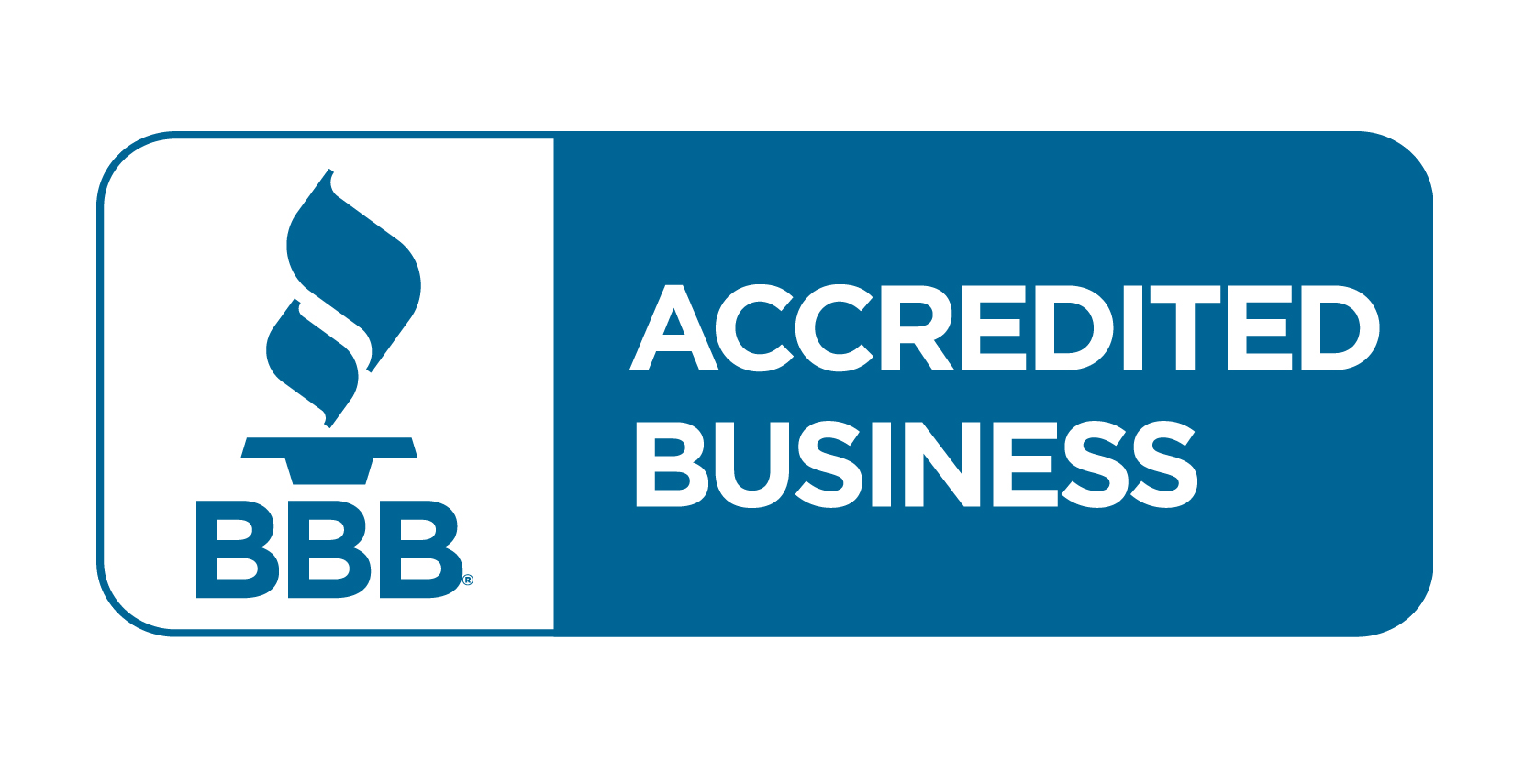Workplace Electrical Safety Training | Trident Safety Company LLC
Boosting Your Team's Confidence Through Effective Electrical Safety Training
Understanding the Importance of Electrical Safety Training
Electrical safety training is not just another box to tick off; it is crucial for protecting your team and ensuring smooth operations. Every year, accidents related to electrical hazards claim lives and cause significant injuries. This grim statistic underlines the importance of electrical safety training. It’s more than just avoiding accidents; it's about creating a safe work environment where your team feels confident and protected. With proper training, your team can identify potential electrical hazards before they turn into serious problems. It also ensures compliance with safety regulations, reducing the risk of costly fines and legal issues for your business. Think of electrical safety training as an investment in your team's well-being and your company's future.
Identifying Common Electrical Hazards in the Workplace
Knowing what dangers lurk in the work environment can cut down on accidents, especially when it comes to electrical hazards. First off, exposed wires should never be taken lightly. They can lead to shocks or worse. Then there's the issue of water. Electricity and water are a dangerous mix, potentially causing electric shocks. Overloaded outlets are another common problem. Plugging too many devices into one outlet can overheat and start a fire. Let’s not forget about faulty equipment. Using damaged tools or machines can easily lead to electrical mishaps. Remember, recognizing these hazards is the first step to keeping everyone safe.
The Role of Leadership in Promoting Electrical Safety
Leadership is the backbone of any safety culture, especially when it comes to electrical safety. Bosses have to walk the walk, not just talk the talk. They set the tone and expectations for their team, making sure everyone knows safety's a big deal. This means more than hanging posters and sending emails. It's about modeling safe practices daily and making sure there's a clear plan for electrical safety training. Leaders need to make training accessible and ensure it's practical, not just a box to be checked. It's their job to foster an environment where team members feel comfortable asking questions and sharing concerns about electrical safety without fear of being dismissed. When leaders prioritize safety and show genuine commitment, it sends a powerful message. This approach not only boosts the team's confidence in handling electrical work but also builds a culture of trust and safety excellence. Remember, when the team sees their boss caring about their well-being, they're more likely to take safety seriously themselves. Leadership in promoting electrical safety isn't a one-time act; it's a continuous commitment to the team's health and success.
Essential Components of an Effective Electrical Safety Training Program
To build a strong and confident team, your electrical safety training program must touch on several critical areas. First, it's about understanding risks. Everyone should know what dangers come with electricity—how it can shock, burn, or even cause fatal injuries. This isn't to scare them but to ensure they respect the power they're working with. Next, the right use of tools and equipment is non-negotiable. From choosing the correct protective gear to knowing the ins and outs of using each piece of equipment safely, this knowledge is foundational. Then, we've got procedures. Clear, step-by-step guides for common and emergency situations ensure everyone knows what to do and when. This includes shutting down systems safely and reacting to incidents without making them worse. Regular drills keep everyone sharp. Just like fire drills, electrical safety drills make sure that when the pressure's on, everyone's ready. It's not just about knowing what to do, but being able to do it when it counts. Lastly, a culture of safety first isn’t just a one-time lesson; it’s a mindset. Encouraging questions, learning from mistakes, and constantly updating skills make safety second nature. This mix of knowing the risks, mastering the tools, following procedures, drilling the practice, and nurturing a safety-first culture turns a good program into an effective one. Keep it straightforward, practical, and everyone engaged; that's how you boost confidence and keep your team safe.
Strategies for Making Electrical Safety Training Engaging and Interactive
To really hammer in the importance of electrical safety and boost confidence, training must go beyond the usual snooze-fest of slides and lectures. First off, let's talk hands-on activities. Nothing screams 'I get it!' like actually practicing what's preached. Whether it's using safety equipment or simulating emergency scenarios, getting your hands dirty makes the learning stick. Throw in some group discussions. These are gold. They turn the learning environment into a platform for sharing experiences, fears, and solutions, making the process a two-way street. Don't overlook real-life stories. Sharing tales of close calls or accidents adds a heavy dose of reality, underlining the 'why' behind all those rules and guidelines. Quizzes and games? Yes, please. They inject a bit of fun and competition into the mix, making people actually want to pay attention. And finally, keep everything short and sweet. Short sessions prevent information overload and keep the energy level high. Do all this, and you're not just running a training session. You're building a tribe of electrical safety ninjas.
Practical Exercises to Enhance Electrical Safety Understanding
Getting hands-on is key to truly understanding electrical safety. Here's the thing, reading about it and watching others do it has its place, but when your team actually dives into practical exercises, that's when the real learning happens. Start with simple tasks, such as identifying different types of electrical hazards in a controlled environment. Then, move on to using protective equipment correctly. Make sure everyone gets a turn to practice shutting off power and performing a lockout/tagout procedure. These activities do more than teach; they build confidence. The team learns together, sees mistakes as learning opportunities, and grows stronger. Remember, a confident team is a safer team.
Incorporating Real-Life Scenarios and Case Studies
Using real-life scenarios and case studies in your team's electrical safety training turns abstract concepts into concrete learning experiences. When team members can connect safety protocols with actual events, they understand the gravity of their actions and the importance of following rules. For instance, discussing a recent case where proper protocol could have prevented an accident makes the dangers of negligence more relatable. Important points to remember include: always highlight the lessons learned from these cases, focus on the preventive measures that could have been taken, and encourage open discussions about how similar incidents can be avoided in the future. Real-life examples also foster a proactive safety culture, as team members are more likely to speak up and act when they've seen the real-world impact of electrical safety.
Measuring the Impact of Electrical Safety Training on Team Confidence
When you introduce effective electrical safety training, you're not just ticking a box for compliance; you are fundamentally changing the way your team views and interacts with electrical equipment. But how do you know it's working? It's about observing changes in behavior and feedback. After training, teams should show a keen awareness of electrical hazards, adherence to safety protocols, and a proactive approach to identifying risks. A confident team will raise concerns without hesitation, share safety tips among peers, and report near misses, which is crucial in preventing accidents. You'll also notice a drop in the number of safety incidents and less downtime due to accidents or equipment damage. Plus, team feedback via surveys or informal chats can provide insights into their confidence levels. If they express feeling safer and more equipped to handle electrical work, it's a clear sign the training's hitting the mark. Remember, the goal is to empower your team with the knowledge and skills to work safely, reducing fear and building confidence that they can handle electric hazards efficiently and effectively.
Maintaining Ongoing Electrical Safety Awareness and Confidence
Building a culture of safety and confidence around electrical work doesn't end with initial training. It's an ongoing journey. First off, remind your team regularly about the importance of electrical safety. This can be during brief daily huddles or scheduled meetings. It keeps the topic fresh in their minds. Next, hands-on refresher courses play a big role. People learn better by doing. So, conducting regular practical sessions where team members can practice safety measures can boost their confidence and reinforce safe practices. Also, sharing stories of electrical mishaps (and how they were avoided or resolved) adds a layer of real-world insight. It teaches lessons that textbook scenarios sometimes can’t convey. Finally, involve the team in safety audits. This empowers them to spot potential hazards and suggest improvements. Remember, maintaining electrical safety awareness is a team sport. Everyone’s input and vigilance make the workplace safer and boost overall confidence.
Summary: Key Takeaways and Next Steps for Continuous Improvement
Electrical safety training is crucial for keeping your team secure and confident on the job. Here’s what you need to take away: a solid electrical safety training program reduces accidents, boosts confidence, and ensures compliance with safety standards. Most importantly, it’s about creating a safety culture where everyone feels responsible and empowered to act safely. So, what are your next steps? First, evaluate your current training program. Is it up-to-date? Does it meet all relevant standards and regulations? If not, it's time for an update. Consider incorporating more interactive and practical exercises that mirror real-life scenarios. This approach helps team members understand and remember safety practices better. Finally, make electrical safety training an ongoing process, not a one-off event. Regular refreshers, updates on new regulations, and continuous learning opportunities will keep your team sharp and confident. Remember, a safe team is a productive and confident team.















